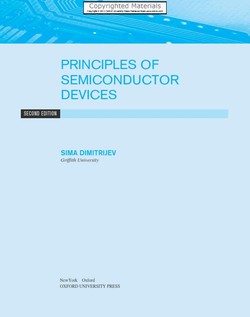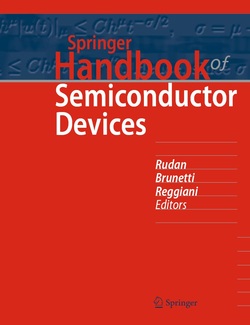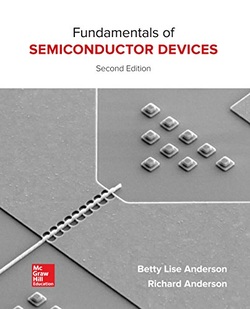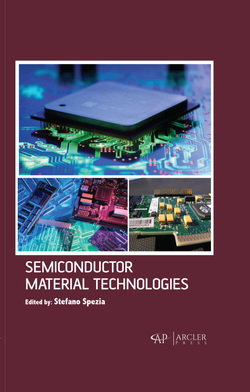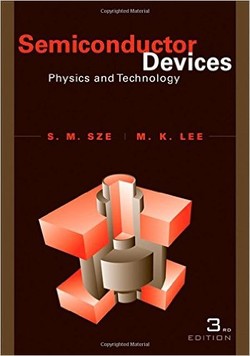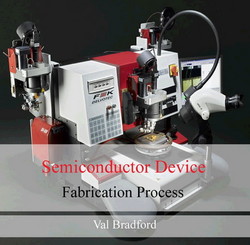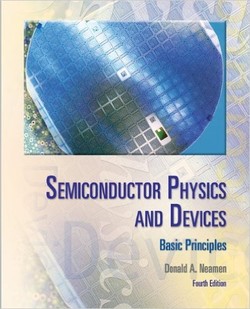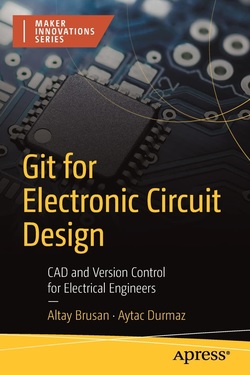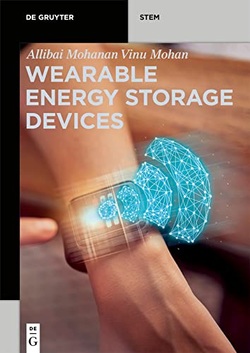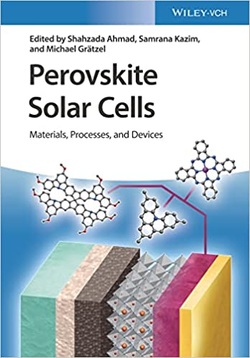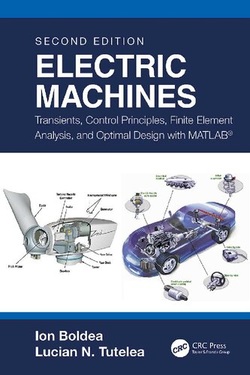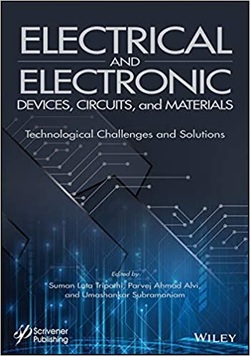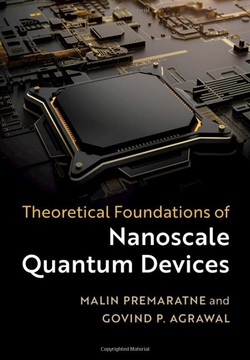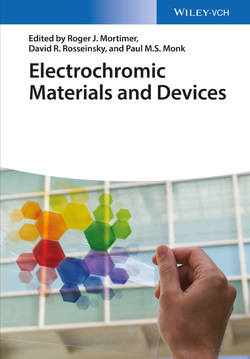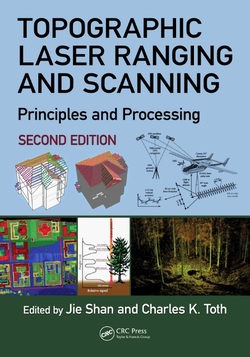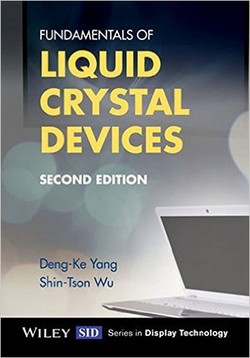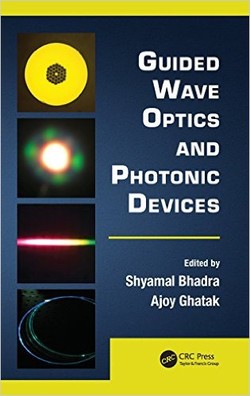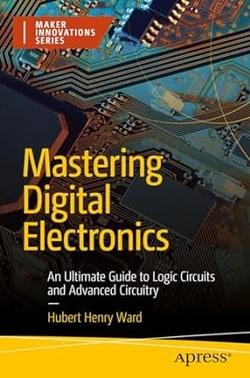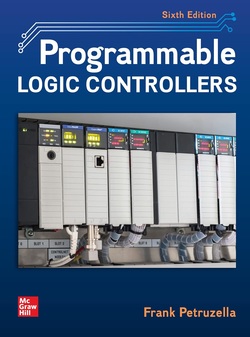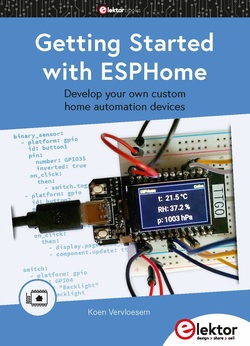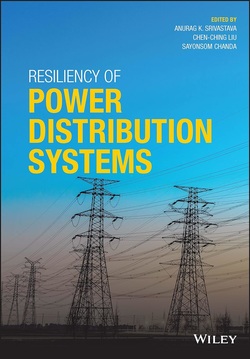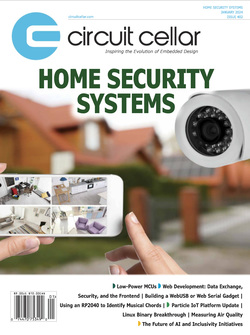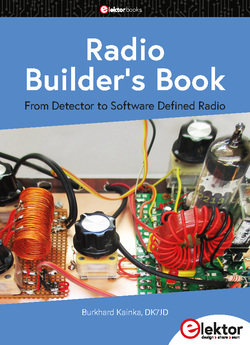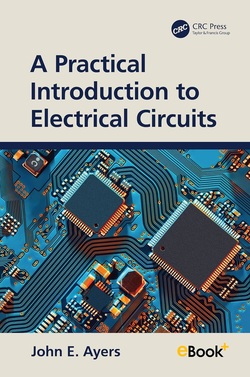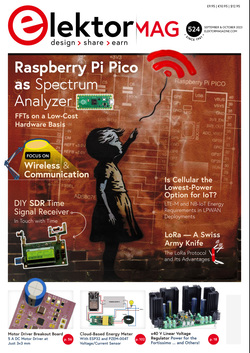ابعاد دستگاههای نیمهرسانای مدرن در نقطهای که نظریه کلاسیک نیمهرسانا، از جمله مفاهیم تراکم ذرات پیوسته و جریان مداوم، سوالبرانگیز میشود کاهش مییابد. علاوهبراین سوالات برحسب حملونقل دوبعدی در مهمترین دستگاههای اثر میدان و حملونقل یک بعدی در نانوسیمها و نانولولههای کربنی شرح داده میشود.
“اصول دستگاههای نیمهرسانا” ویرایش دوم، برای مقطع کارشناسی و کارشناسی ارشد طراحی شده و اصول فیزیک نیمهرسانا و دستگاه را ارائه میدهد. به نحوی که نظریه کلاسیک نیمهرسانا را ارتقاء داده و تفسیرهای مناسب از اثرات کوانتومی متعدد در دستگاههای مدرن را قادر میسازد. نظریه نیمهرسانا بهطور مستقیم با کاربردهای عملی، از جمله ارتباط با مدلهای SPICE و پارامترهایی که معمولا در زمان طراحی مدار استفاده میشوند، مرتبط است.
“اصول دستگاههای نیمهرسانا” ویرایش دوم، برای مقطع کارشناسی و کارشناسی ارشد طراحی شده و اصول فیزیک نیمهرسانا و دستگاه را ارائه میدهد. به نحوی که نظریه کلاسیک نیمهرسانا را ارتقاء داده و تفسیرهای مناسب از اثرات کوانتومی متعدد در دستگاههای مدرن را قادر میسازد. نظریه نیمهرسانا بهطور مستقیم با کاربردهای عملی، از جمله ارتباط با مدلهای SPICE و پارامترهایی که معمولا در زمان طراحی مدار استفاده میشوند، مرتبط است.
سال انتشار: 2011 | تعداد صفحات: 658 | حجم فایل: 19.75 مگابایت | زبان: انگلیسی
Principles of Semiconductor Devices
نویسنده:
Sima Dimitrijev
ناشر:
Oxford University Press
ISBN10:
0195388038
ISBN13:
9780195388039
